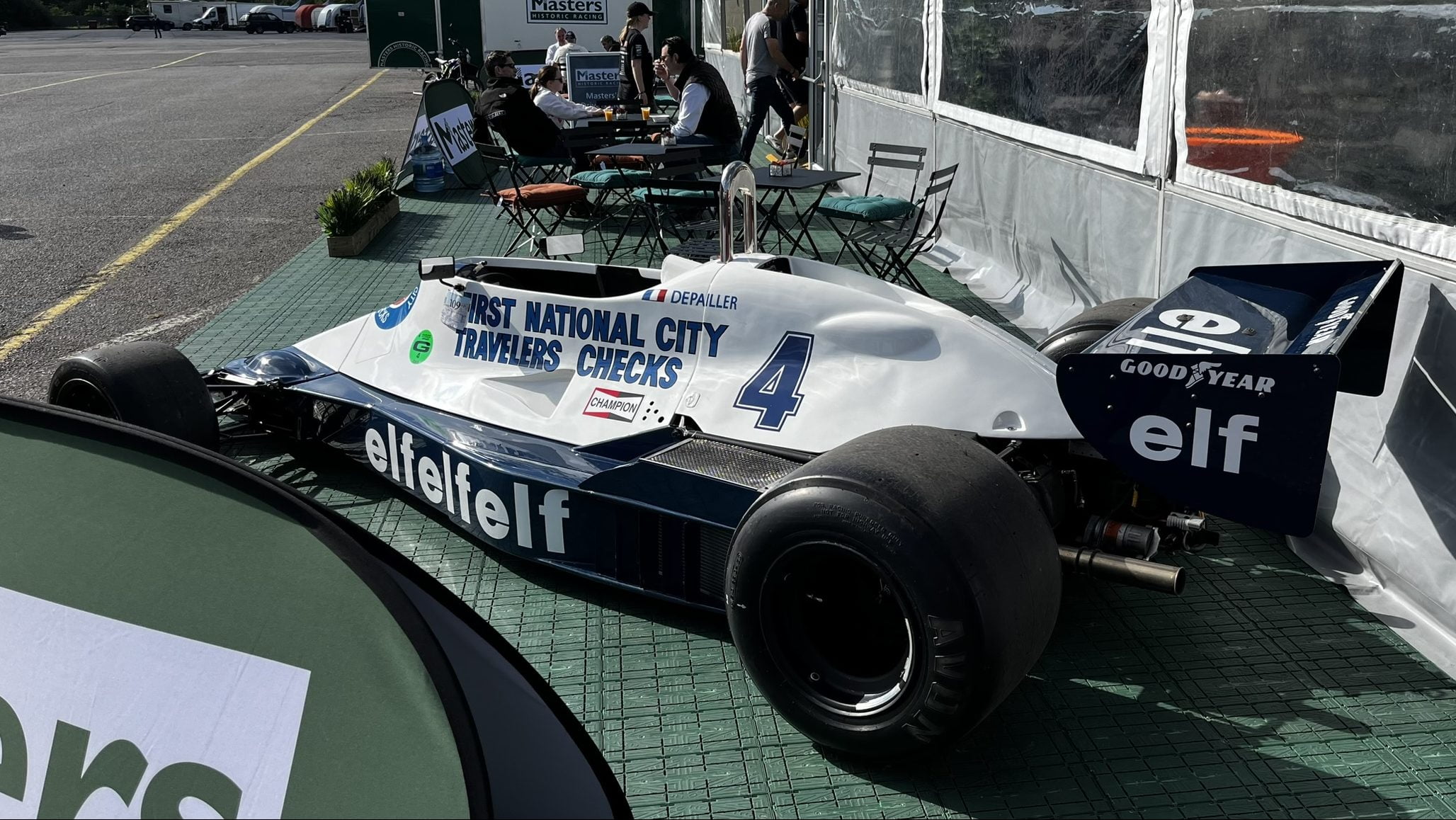1978 Tyrrell 008
The Tyrrell 008 is an important car in the annals of Formula One history, representing the innovative spirit and competitive drive of the Tyrrell Racing Organisation. Designed for the 1978 Formula One season, the 008 continued the legacy of Tyrrell’s creative engineering approaches, although it faced a fiercely competitive environment dominated by ground effect technology.

The Tyrrell 008 was conceived under the guidance of Maurice Philippe, who joined Tyrrell after stints at Lotus and Parnelli. Philippe brought a wealth of experience and a forward-thinking mindset to the project. The 008 was intended to build on the successes and lessons of its predecessors, particularly the Tyrrell P34, which had famously employed six wheels in an innovative but ultimately short-lived experiment. The 008 reverted to a more conventional design with four wheels but featured several advanced elements. The car had a sleek, low-profile design, with a monocoque chassis constructed from aluminum to reduce weight and enhance structural integrity. Aerodynamics were a crucial focus, and the 008 featured a distinctive wedge-shaped nose, which was intended to reduce drag and improve airflow over the car. One of the significant challenges for the Tyrrell team was adapting to the rapidly evolving aerodynamics of the late 1970s. Ground effect technology, pioneered by Lotus with their Lotus 79, was revolutionizing Formula One. Ground effect used shaped undersides and side skirts to create significant downforce by channeling air under the car, effectively ‘sucking’ the vehicle to the track. While Tyrrell explored ground effect principles, the 008’s design did not fully exploit this technology, which put the team at a competitive disadvantage against the more advanced Lotus cars.

The Tyrrell 008 was powered by the Ford-Cosworth DFV (Double Four Valve) V8 engine, a ubiquitous powerplant in Formula One at the time. The DFV was renowned for its reliability and performance, producing around 485 horsepower. This engine, combined with the car’s lightweight construction, gave the 008 decent straight-line speed and acceleration. The 1978 season was a challenging one for Tyrrell and the 008. The car debuted at the South African Grand Prix, with drivers Patrick Depailler and Didier Pironi at the helm. Despite the car’s innovative design features, it struggled to compete consistently against the dominant ground effect cars, particularly the Lotus 79 driven by Mario Andretti and Ronnie Peterson. Depailler managed to secure a few notable results, including a third-place finish at the Monaco Grand Prix, showcasing the car’s potential on circuits that favored handling and agility over outright speed. However, these successes were sporadic, and the 008 often found itself battling in the midfield rather than at the front of the grid.
While the Tyrrell 008 did not achieve the same level of success as some of its predecessors or contemporaries, it remains a significant part of Tyrrell’s history. The car exemplifies the innovative spirit that defined the team and its willingness to explore new design philosophies in the highly competitive world of Formula One. The 008’s struggles against ground effect cars highlighted the importance of aerodynamic advancements in Formula One, pushing teams to continually innovate and adapt. This period of intense competition and rapid technological development ultimately led to the highly sophisticated aerodynamic designs seen in modern Formula One cars. For Tyrrell, the lessons learned from the 008 and the 1978 season informed future designs and strategies. The team continued to experiment with innovative solutions, maintaining its reputation for ingenuity and resilience in the face of evolving challenges.